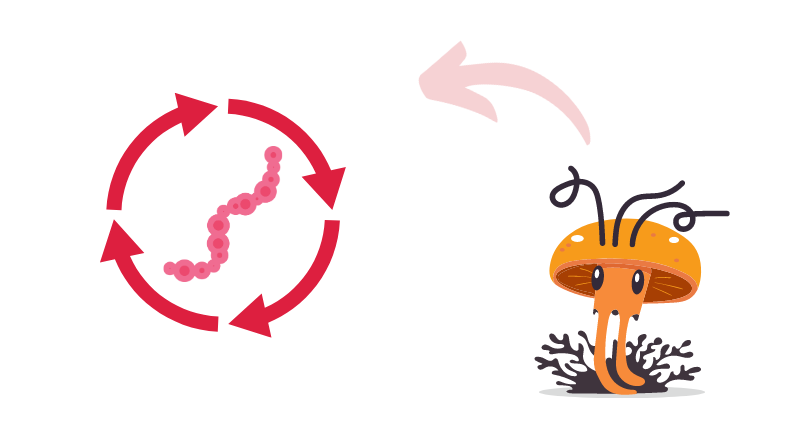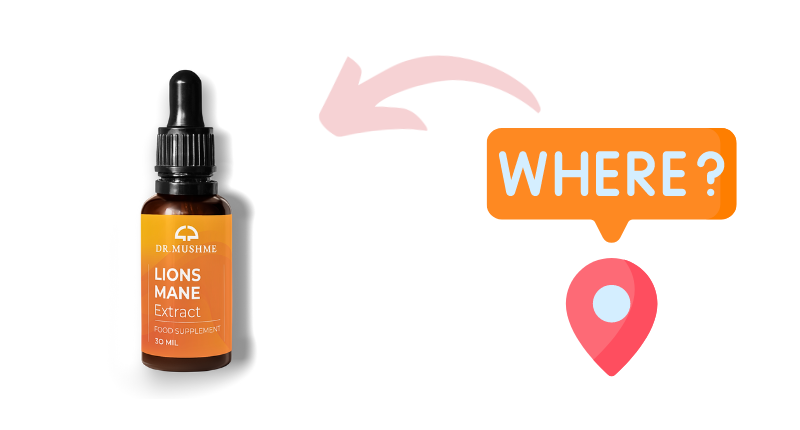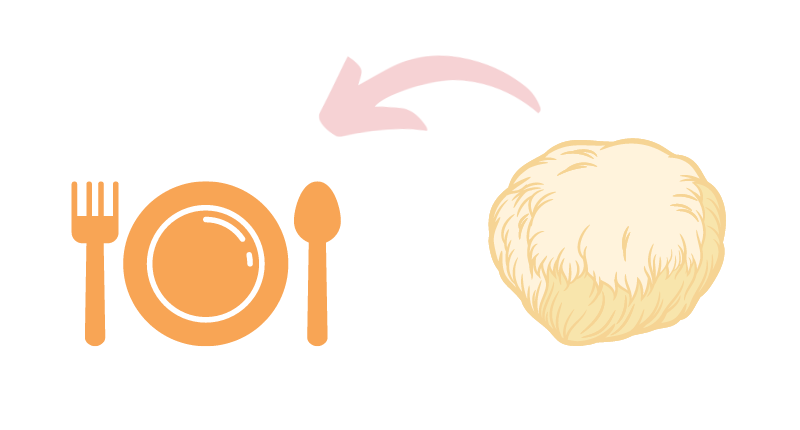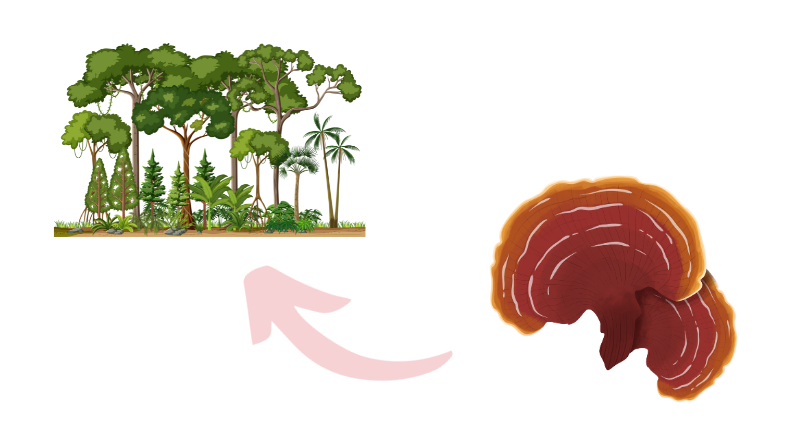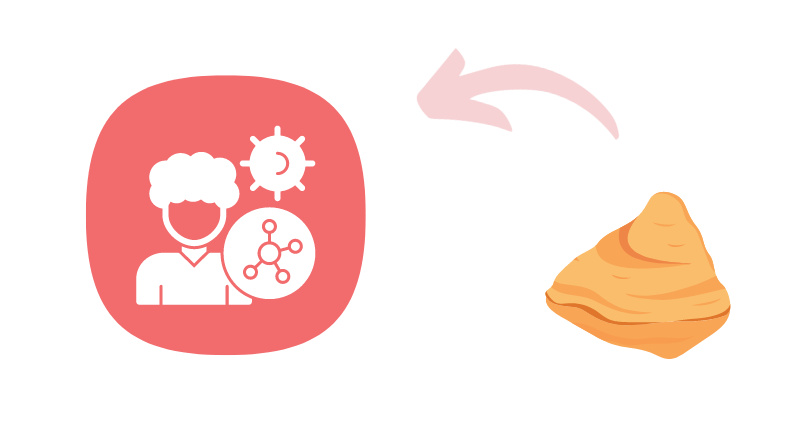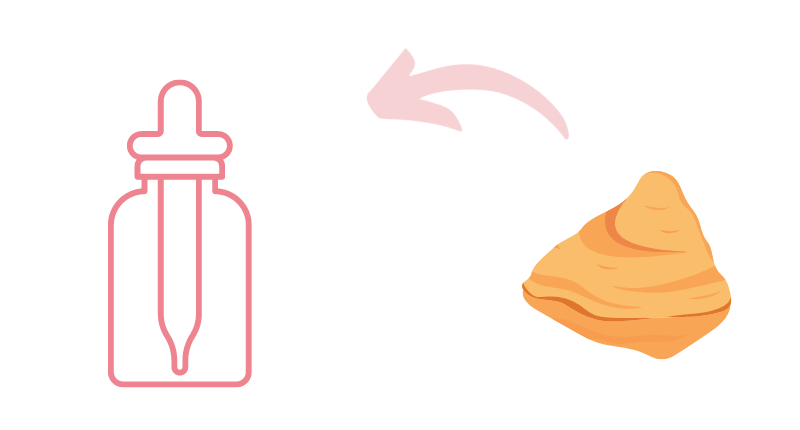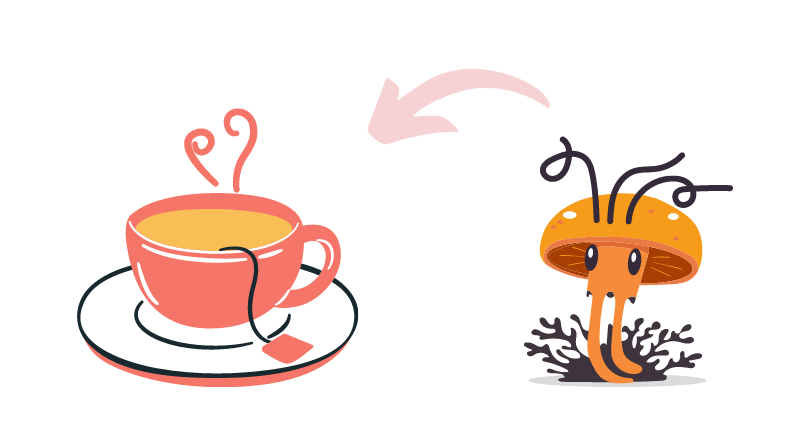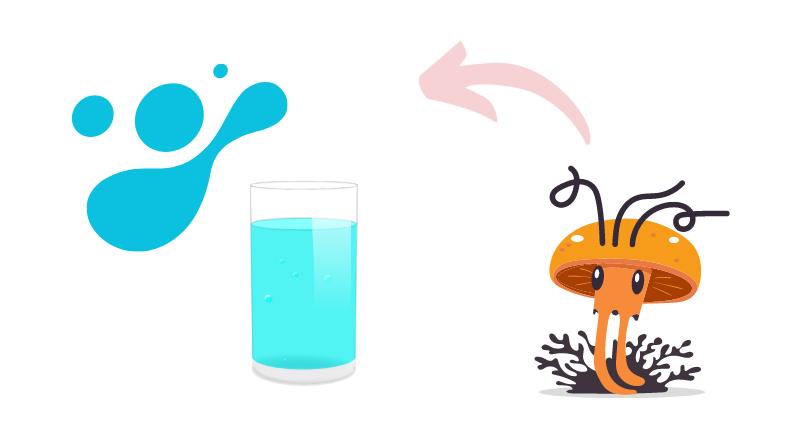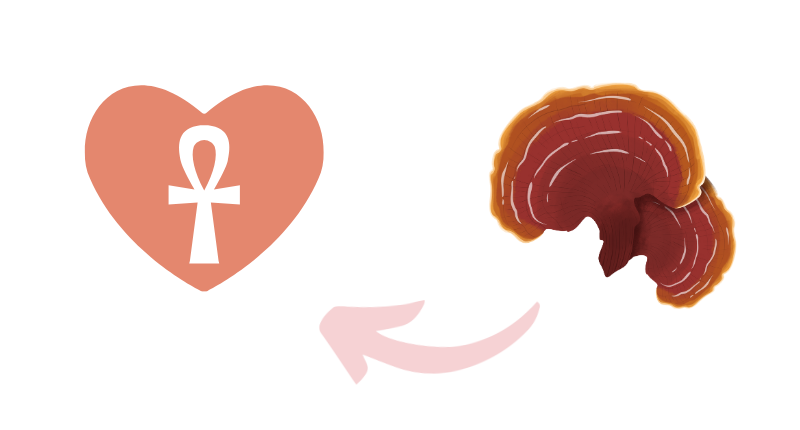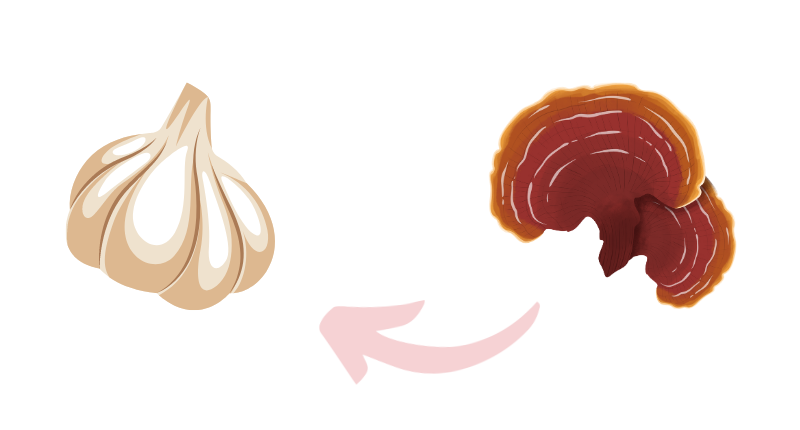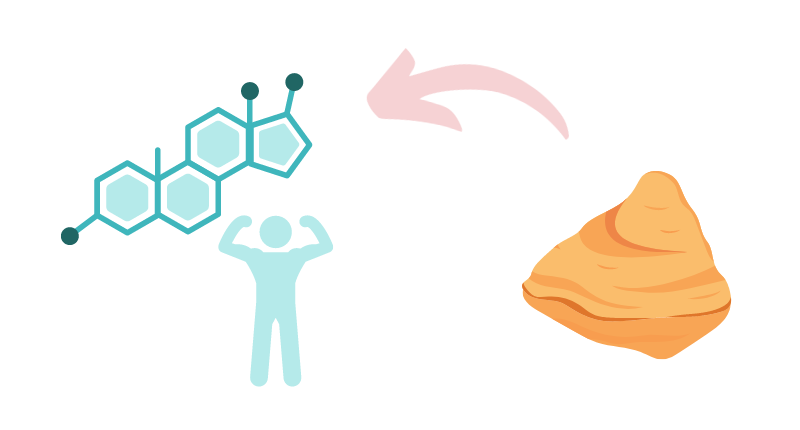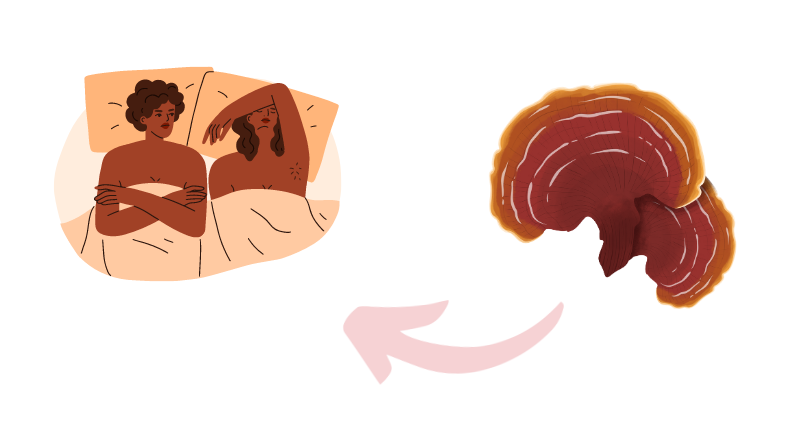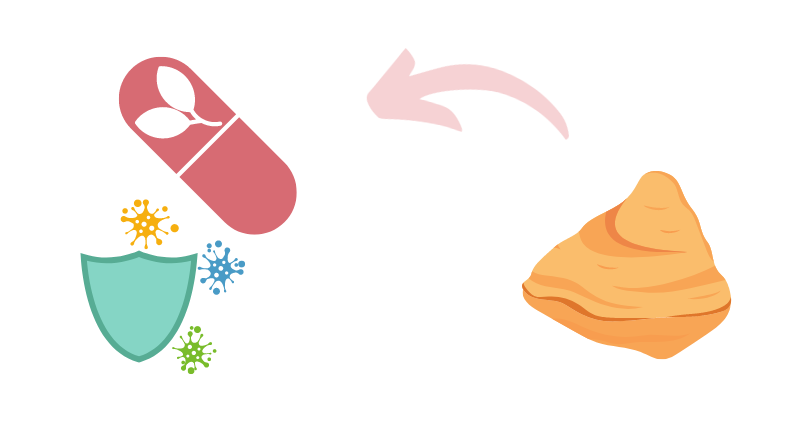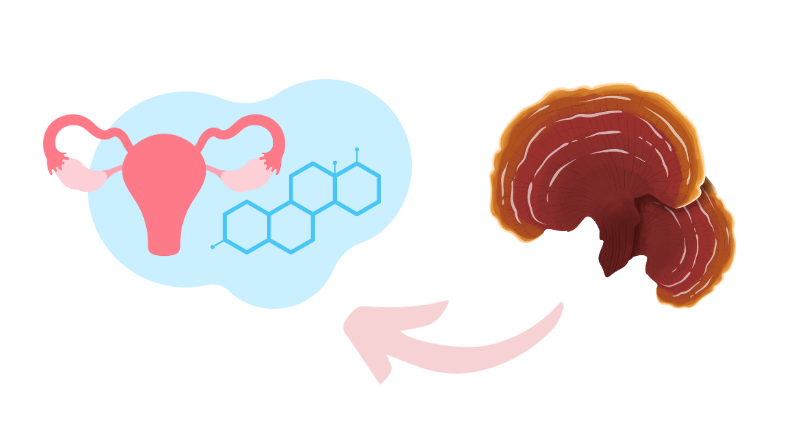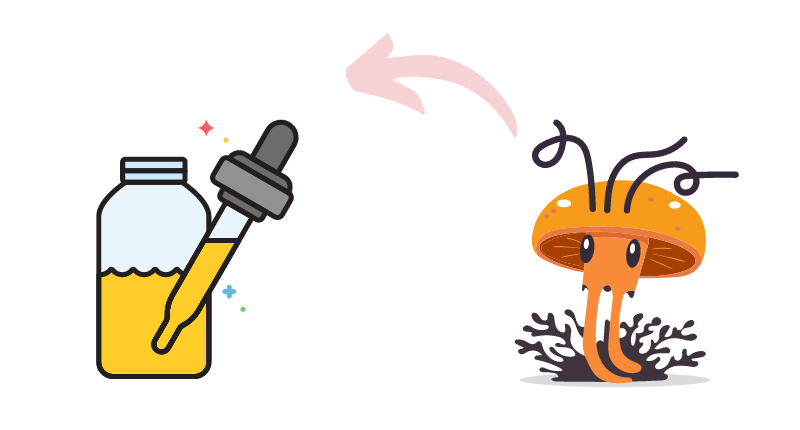Cordyceps, a genera of parasitic fungi is intriguing to the world due to its unique life cycle and wide range of benefits especially as a nootropic. Famous for being used in ancient medicine and for being widely sought in the contemporary wellness world, Cordyceps has also a few secrets concerning its susceptibilities in the wild.
This article provides intricate details about the life of Cordyceps, its life cycle, the natural enemies, and the only thing that might have a chance to kill this supernatural fungus.
THE CORDYCEPS ENIGMA
For a long time cordyceps has been known to possess positive properties related to health, but mostly in terms of increasing the mental sharpness and physical energy.
Living organisms, including Cordyceps, though tough and versatile, are still vulnerable to threats of nature. Identifying the things that can kill Cordyceps demands quite a profound understanding of its biology and living environment.
CORDYCEPS LIFE CYCLE
To understand the weaknesses of Cordyceps, it is necessary to understand the uniqueness of its life cycle. The parasitic relationship of Cordyceps fungi with insects and arthropods is also referred to as the mind control infection which is fascinating and gruesome.
FROM SPORE TO PARASITE
The life cycle of Cordyceps starts as a spore, which lands on the body of an appropriate host. After getting attached, the spore germinates, and the mycelium (fungi threads) spread throughout the host, controlling its entire body and finally causing the host’s death.
This process enables Cordyceps to take in nutrients from the host organism, eventually resulting in the fungus growing from the host’s body for the purpose of releasing its spores, starting the process all over again.
NATURAL THREATS TO CORDYCEPS
Although it is very good at infecting and overtaking its hosts, Cordyceps has some natural enemies. Various factors can threaten its survival:
ENVIRONMENTAL CONDITIONS
Moisture & Temperature: Cordyceps needs particular environment to grow. Too much moisture or inappropriate temperatures may prevent the growth or even destroy the fungus.
Sunlight Exposure: The direct sunlight for a long time is harmful for modification of Cordyceps, as this fungus grows in the wet shadows.
COMPETING MICROORGANISMS
Bacteria and Other Fungi: The soil is a source of many microorganisms, some of which can outcompete or directly attack Cordyceps thus inhibiting its growth or causing its decomposition.
PREDATION
Insects and Animals: Some insects and animals may feed on Cordyceps especially when it is in its fruiting body form which in turn, affects its reproductive capacity.
THE SCIENCE OF SURVIVAL: PROTECTIVE MECHANISMS OF CORDYCEPS
Despite these threats, Cordyceps has developed mechanisms to protect itself, such as producing bioactive compounds against predators and in which competing microorganisms cannot grow or by going dormant whenever it confronts harsh conditions.
WHAT KILLS CORDYCEPS WHEN GROWN AT HOME?
The practice of cultivating Cordyceps at home has turned into an interesting enterprise for a lot of the fans allured by the prospects offered by growing their very own crop of this useful fungus.
Nevertheless, there are certain difficulties. The home cultivation environment poses some specific threats to the Cordyceps that can slow down or totally destroy its growth.
CONTAMINATION
When grown at home, contamination by other microorganisms is one of the major threats to Cordyceps. Dust-borne bacteria, molds, and yeasts can also outcompete little-antler cultures. A high level of sterility is necessary during the inoculation and growth stages for contamination avoidance.
IMPROPER GROWTH CONDITIONS
Cordyceps requires specific environmental conditions to thrive, including temperature, humidity, and light:
Temperature: The ideal environment for the growth of Cordyceps fungi is within a temperature range. Extremes in temperatures can stress the fungus resulting in inhibition of growth or death.
Humidity: Cordyceps require high humidity. Insufficient relative humidity will cause desiccation and death of the fungus.
Light: Although Cordyceps needs less light than plants, inadequate lighting can negatively influence its growth. Excessive direct light can damage the fungus, but the insufficient light may not facilitate the conditions necessary for the growth of the fungus.
POOR SUBSTRATE QUALITY
The substrate is the nutrient source that Cordyceps requires for growth. Substrates that do not have required nutrients and those that do not suit Cordyceps can starve the fungus and stop its development. Moreover, too dry or too wet substrate provides unsuitable environment for growth.
LACK OF VENTILATION
The ventilation in Cordyceps cultivation is indispensable as it eliminates the chance of the excess moisture and guarantees the fresh air delivery. When the ventilation is poor, the humidity level is high, and this encourages the growth of mold and bacteria that can compete with or kill the Cordyceps culture.
OVERHANDLING
Regular manipulation or disturbance of the developing Cordyceps can introduce contaminants and excite the fungus. Avoiding interference and stable environment are important factors for successful home cultivation.
MITIGATING THE RISKS
To deal with these difficulties, it is necessary that enthusiasts work on producing and maintaining the best growing conditions for the Cordyceps.This includes:
- Using sterile technique to avoid contamination.
- Monitoring and regulation of environmental conditions to support the fungus.
- Opting for a best quality, nutrient-rich substrate.
- Providing venting to keep the appropriate humidity levels and to avoid mold growth.
Understanding and resolving the factors that can kill the Cordyceps while it is growing at home, home growers can increase their chances of successful harvest of this valuable fungus to take the advantage of its nootropic and health promoting properties.
READ MORE: CHAGA MUSHROOM AND TESTOSTERONE
CORDYCEPS USE IN WELLNESS
Because of its nootropic effects, which include improving cognitive function and physical performance, cordyceps has turned into a special supplement. Use of extracts, especially those obtained via Ultrasonic Assisted Extraction, guarantees that the active ingredients are saved, offering a powerful support system to the body and mind.
CONCLUSION: A BALANCING OF THE POWER IN NATURE
Cordyceps is a vivid demonstration of an interplay between growth and vulnerability in the natural world, supporting the balance of life. As we look deeper into Cordyceps and the values it holds, it is critical to know what goes against this wonderful fungus, thus, we come to understand the complexity of nature and the sensitivity of life.
REFERENCES
- Qu S-L et al. (2022) “Metabolites and Their Bioactivities from the Genus.”Cordyceps. Microorganisms.
- Sung, Gi-Ho et al. (2010) “Growth and Cultural Characteristics of Cordyceps cardinalis Collected from Korea.” Mycobiology
- Andreas , et al. (1999) “Parasitic Fungi and their Interactions with the Insect Immune System.” Advances in Parasitology
- Paterson, R Russell M. (2008) “Cordyceps: a traditional Chinese medicine and another fungal therapeutic biofactory?”Phytochemistry
- Mehta, Nitin et al. (2022) “Ultrasound-Assisted Extraction and the Encapsulation of Bioactive Components for Food Applications.” Foods (Basel, Switzerland)

